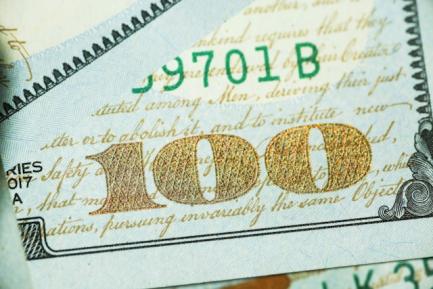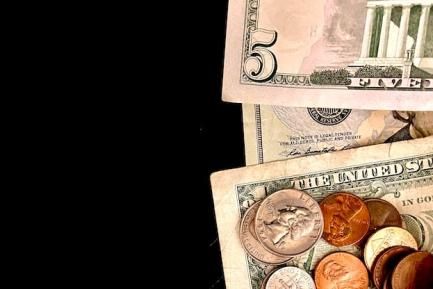Parity at last?
Since the euro-dollar exchange rate reached an all-time high of 1.6 dollars per euro in April 2008, the single currency has gradually depreciated against the dollar. This has been partly motivated by the growing monetary policy divergence between the Fed and the ECB: while the Fed has started to raise the policy rate in the US, interest rates have remained relatively stable in Europe. More recently, Trump’s election and the possibility that his administration implements an expansionary fiscal policy in an economy that is already close to full production capacity has boosted inflation expectations in the US, further widening the spread between US and European bond yields (especially in the long end of the yield curve).
As shown in the first chart, the euro tends to depreciate against the dollar when the spread between US and German 2-year bond yields widens. For instance, in 2014, when the yield spread increased by 62 bps, the euro fell by 12% against the dollar. This happened when the Fed’s and ECB’s monetary policies started to diverge: while the Fed began its tapering, the ECB announced the implementation of unconventional monetary policy measures. Since then interest rate differentials have steadily increased and the euro has continued to lose value against the dollar.
In 2017, the monetary-policy stances of the US and euro area look set to diverge even further. According to the FOMC (Federal Open Market Committee) members’ forecasts, the Fed Funds rate will be raised by 0.75 bps (see the Focus «The Fed’s strategy in 2017: firmer steps but still cautious» in this Monthly Report). Meanwhile the ECB has announced it will extend its asset purchase programme to December 2017 and does not expect to start raising the benchmark rate until mid-2019. In order to determine the direct impact of interest rates on the exchange rate, we have analysed the historical relationship between the interest rate spread and the exchange rate on the days when there has been an FOMC meeting.1 We found that, although the dollar has appreciated considerably over the last few quarters, it still has room to run. For instance, should the spread widen by 20 bps in 2017, as the Consensus of analysts forecasts, the dollar will appreciate by 1.7% this year. However, if CaixaBank Research forecasts are confirmed and the spread increases by 75 bps, the dollar will come very close to parity with the euro.
Nevertheless, beyond the dollar’s upward trend, the exchange rate will still be relatively volatile, partly because of highly uncertain factors that could influence the monetary-policy stance of both the Fed and ECB, such as the effect of the policies implemented by the Trump administration, the consequences of Brexit or the various elections in Europe over the coming months.
1. The benchmark period is 2006-2016.





